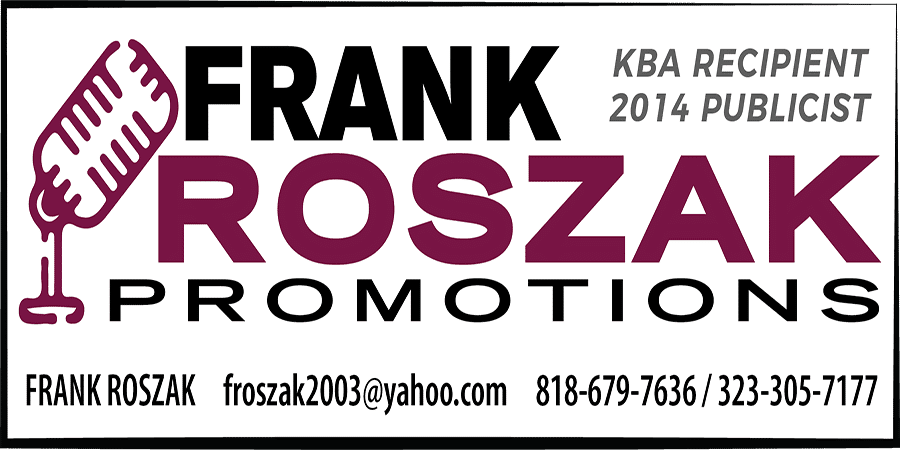Do we really need more 1176 plugin models?

Back in the day, we had hardware. Since then, we started using software. Over the years, we’ve become better and better at developing this software so that it fools the trained ear into thinking it’s hardware. We make it move, overload, have noise, and try to recreate the exact sonic imprint of the hardware. We’ve put a ton of time and effort into recreating an old concept in a way that makes sense for new workflows. And it makes sense as we get better and better at modeling hardware that we would want to revisit and improve upon what’s already there. We can code it stronger, faster, better than before! We have the power! So why not keep improving it?
But today, we’re gonna talk about one piece of hardware that seems to be modeled more than most others. The Universal Audio 1176LN is a classic, and deserves its standing as the one compressor you should get if you can only get one compressor. We now have 1176 hardware models being built new by newer companies (such as the Warm Audio WA76), so that we can bring this classic back into studios in physical form without breaking the bank. The 1176 is a legend, solid as a rock, and no studio should be without one (even if it’s just a plugin version).
But as a plugin, we have so many versions of the 1176 that it’s starting to feel like an oversaturated market. We have low cost ones, free ones, subscription ones, dsp ones, sonically neutral ones, models that react like the ones in famous mixer’s racks, and the list goes on and on. It’s almost like having a lot of different hardware units, but in the digital realm! Actual hardware never responded the same as another identical unit, that’s just how hardware works. And if you wanted to use ten 1176’s, you had to have ten 1176’s. Each of them would have its own flavor. Maybe we can think of having many 1176 plugins models as being like having many flavors of the real hardware. Maybe we like the Slate Digital “FG-116″ on vocals, Slate Digital’s “Monster” (a slate “all buttons in” 1176) on the bass guitar, and Waves’s “CLA-76” on guitars, mixing between the black and blue versions to get different flavors. From there, you use Stillwell’s “The Rocket” in parallel on your drum shells, because why not? That’s 5 different models that many of us have access too, and each has its own flavor and character!

Personally, when I do end up with many versions of a similar piece of hardware in plugin form, I’ll throw them all on various sources and see which I prefer for different tasks. I do treat them like they were individual pieces of hardware, each with its own fingerprint. I’m not alone in this. I recently asked the facebook “Slate Audiophiles” group what their favorite 1176 plugins were. The thread had over 70 responses in 10 hours, and counting. Even Steven Slate chimed in with his favorite uses of the various 1176’s in his own product line! 1176 plugins are in demand, and I don’t fault developers for answering that call.
But there are 1176 style compressors from most plugin developers, and it’s starting to feel kinda boring. So you can see why I have trouble getting excited over another company releasing their own 1176 model. We’ve been down that road, show us something new! Or put your own spin on it in a unique way that makes it stand apart from being just another copy of something I already have.
Case in point, Overloud and PSP Audioware both just released brand new compressors. Guess what they modeled?
This is not me throwing shade at any developer for creating a product to meet a demand. We, as an industry, want 1176’s! Why wouldn’t you put your version into the ring and see how it fairs in the market? Keep doing that! And to Overloud and PSP Audioware, I really hope you are successful with these additions to your product line! I use products from both of you, and from what I’ve experienced your products are nothing short of superb. If that’s any indicator I’m sure your 1176’s will sound awesome!
But you can see why the 1176 is starting to feel a bit uninspired in the plugin world, to me at least (and I suspect I’m not alone). We have a ton of them, and they’re all good! I want something different. I want something new. I want something unheard of that’s an original idea. And if I’m feeling a bit disinterested in new models of the 1176, you can bet others are feeling it too.
We should encourage the developers we rely on to explore new grounds and push new boundaries. Sure, give us the classics, but put your own spin on it. I know Slate did that with the FG-116 Blue Series, as well as with Monster. But let’s talk about some different approaches to compressors that are more unique, and that I feel are charting the course for where plugin development is headed.
A different approach that I enjoyed is the Nomad Factory “Bus Driver”, which is effectively an 1176 and an LA-2A hybrid with simplified controls. It’s optical, not FET, but it’s an original approach to classic pieces of hardware that was designed for the DAW workflow. I like how fast I can get what I want out of it due to the two knobs, and the automatic makeup gain makes it easy to hear a level matched output of your source so you’re not fooled by loudness.
We also have Devil Loc from Sound Toys, which is a distorted compressor/limiter designed to smash drums. Andrew Scheps can be seen using this on snare in his Puremix tutorial about mixing the Zac Brown Band, though it’s blended in using the mix knob. Many of you may have the free version that came out for a limited time a while back, so you won’t have a mix knob unless you upgrade. If that’s the case, put it on a parallel track and fade it in. That’s also a good way to get past the lack of an output knob on the free one. If it’s being blended in parallel, who cares what the volume coming out of the plugin is if you’re staying in the box! Bring it in on the parallel channel and use the fader as your blend control!
And now for something a bit less traditional, Klevgr’s Korvpressor. This is like someone smashed Sausage Fattener into a compressor sandwich with EQ acting as the pickles. The gui was designed for iPad use, so it’s streamlined with minimal controls. You get an input and output control, a “squeeze” control, a lookahead control that lets the compressor react to transients in a more transparent manner, and a 3 band eq section. Klevgr have assured me that the eq is happening both before, and after, the compression in the internal signal path. In other words, we’re getting several stages of compression in this plugin. Some is happening before the EQ section, some is happening after. This device is extremely clever for being so simple! You get your compressed sound in seconds, and can adjust the intensity of certain frequencies before they hit the second compression stage! I personally LOVE this compressor in parallel on kick drums that could use a bit of extra tightness in the top end attack. Crush the parallel track with Korvpressor, and then turn up the Treble control so that you’re pushing more of the top end into the second internal compressor. Blend to taste!
Speaking of simpler interfaces, we have JST’s Gain Reduction Deluxe! This plugin is designed to completely obliterate a source if you want it, but it can also act very gently. The “Body” slider appears to work similarly to a high pass filter that comes before the compressor. The “Slay” knob is your compression amount, and the “Gain” knob is non-linear. As you turn up the gain, you start introducing saturation to the plugin’s output. This one works on a bunch of sources, especially in parallel, and is a great way of getting a consistent vocal. It’s like the easy button for vocal compression!
I want to state again that I’m not talking smack about any company. I’m not talking smack about the 1176. It’s being modeled so much for a reason. But I feel at this point that we’re hitting an overly saturated marketplace in terms of 1176 plugins. I think smaller companies could stand out by not offering an 1176, and instead going in a different direction. I’m pretty stoked to see where those developments will take us! But I’d like to encourage companies who may be considering an 1176 to please think about it. We’ve got that covered, so if you’re going to do another, please put a new spin on it. Make it really unique and set yourself apart from the pack.
Brandon S. Hire
Discover more from Making A Scene!
Subscribe to get the latest posts sent to your email.



















































